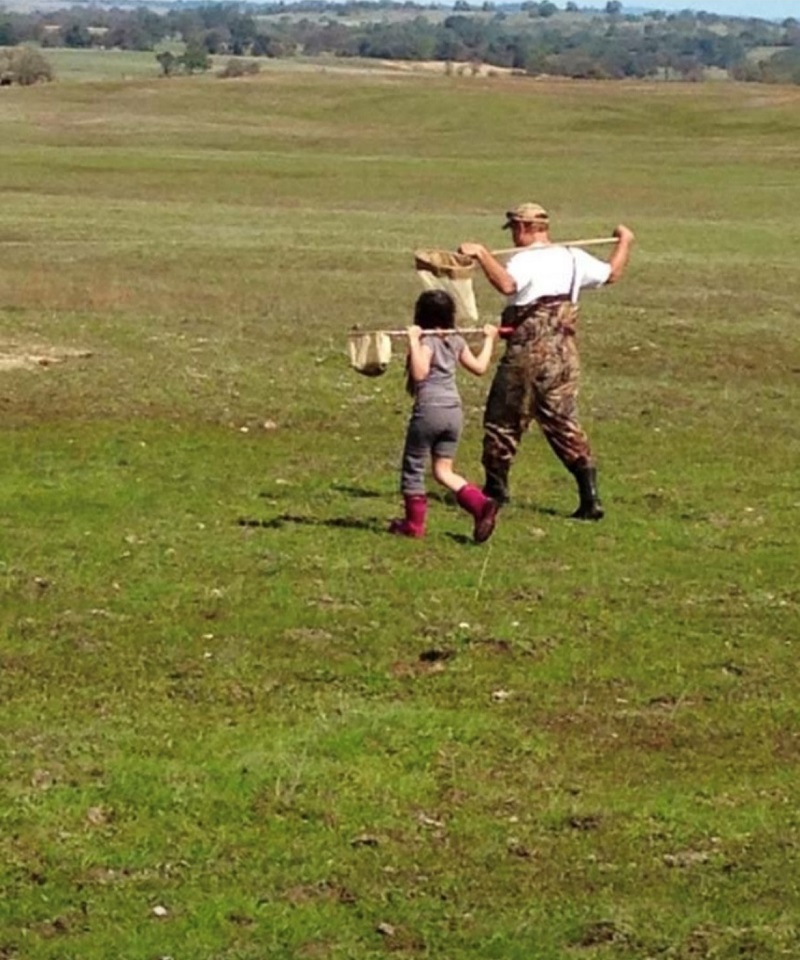Dr. Brent Helm is a wildlife biologist, botanist, and ecologist who specializes in wetland ecology. He is a leading expert in the ecology of California’s seasonally inundated wetlands, with over 30 years of vernal pool research experience.
Brent’s professional career in biological consulting began straight out of university, conducting rare plant surveys for EIP Associates on the Lincoln-Highway 65 Bypass Project in the spring and summer of 1989. His journey progressed with ground-breaking vernal pool branchiopod research at Jones and Stokes Associates, completion of his master’s and doctorate degrees in ecology at UC Davis, growing a startup consulting firm (May & Associates, Inc.), and teaching at San Joaquin Delta College and Sacramento State University.
In 2001, Dr. Helm founded his own firm, Helm Biological Consulting (HBC). He started a second company, Wetland Development Team (WET), in 2009 to meet the growing need for wetland restoration, enhancement and construction work. He incorporated the two companies under the name  Tansley Team, Inc. in honor of Sir Arthur George Tansley, an English botanist and pioneer in the science of ecology who introduced the concept of the ecosystem.
Tansley Team, Inc. in honor of Sir Arthur George Tansley, an English botanist and pioneer in the science of ecology who introduced the concept of the ecosystem.
“Though the organisms may claim our prime interest, when we are trying to think fundamentally, we cannot separate them from their special environments, with which they form one physical system.”
Arthur George Tansley (1871-1955)
Inspired by the legacy of Sir Tansley, Dr. Helm regards ecosystems as the basic units of nature in which communities of living organisms and the nonliving components of their environment interact as a system. His ecosystem-centered approach has produced many successful restoration projects. These include flagship vernal pool restoration projects on SMUD’s Rancho Seco property in Sacramento County, and Stillwater Plains in Shasta County.
CNDDB is grateful for the plethora of branchiopod data Dr. Helm has submitted over the years: over 600 reports and field survey forms! If you feel you’ve got some catching up to do, report your rare species detections on CNDDB’s website today!
